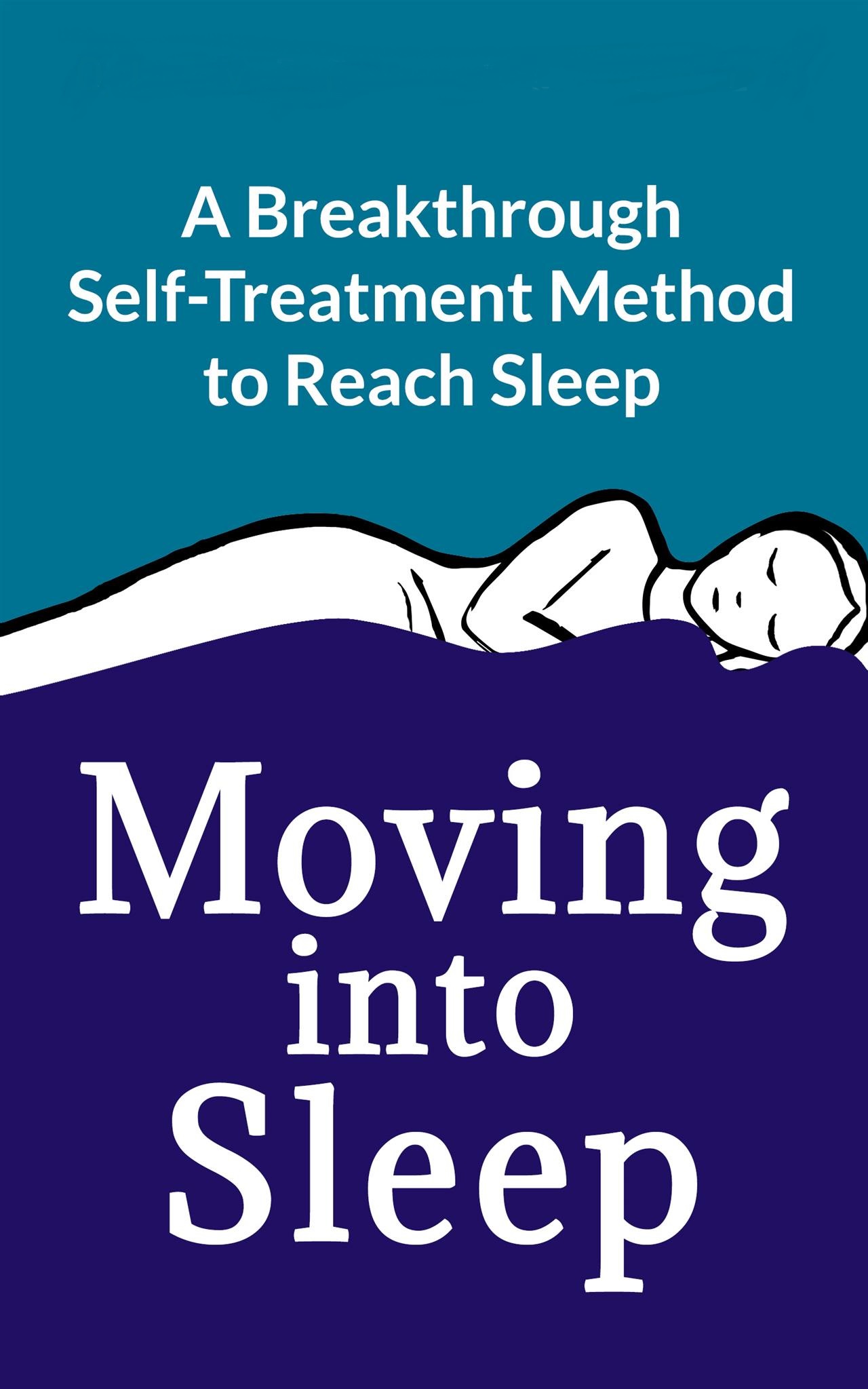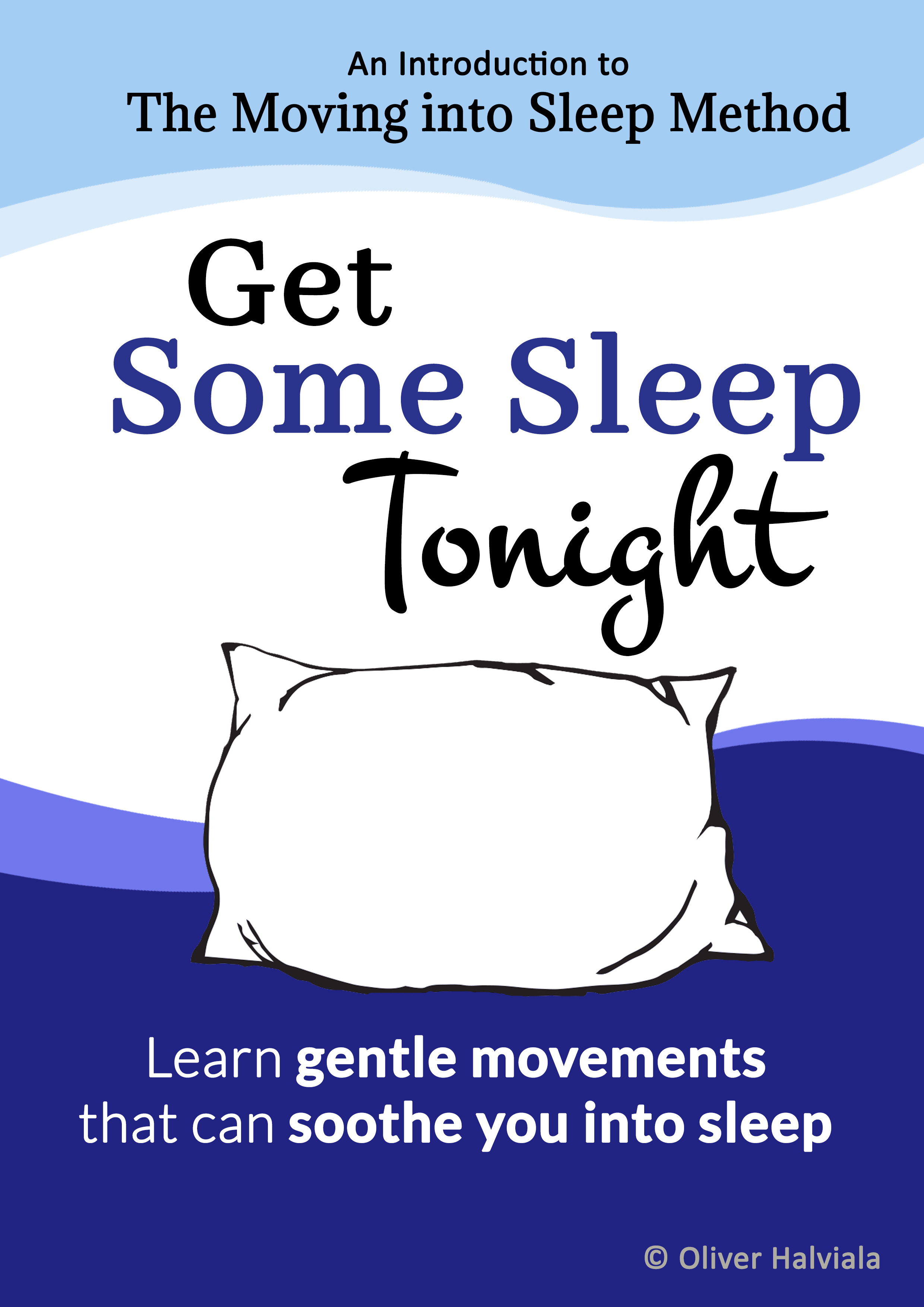Amazing Sleep Facts
Over the years, I've come across many amazing facts about sleep.
Here, I'll share some of them, adding more as the time goes by.
Hope you enjoy!
Humans are the only mammals that willingly delay sleep
- this explains why many people are lacking sleep simply because they decide to go to sleep later.
* * *
About 80 years ago, getting 8 hours of sleep was the norm
- now 6.8 is the average.
* * *
Today, 75% of us dream in color.
Before the 1970's, when the color television wasn't yet affordable, only 15% of us did so.
***
Parents of new born babies lose in average 6 months worth of sleep during the first 2 years.
***
Honeybees need sleep, up to eight hours, every night.
One might ask, why should a small honeybee sleep so much? What would happen if they get sleep deprived? Based on research, sleepy bees turn into sloppy bees, they cannot communicate well, they lose orientation, and can even get lost. In fact, the scientists believe honeybees need deep sleep to organize and consolidate short-term memories into long-term memory. So getting enough good quality sleep is a must for the honeybees, just like for us.
***
Horses need deep REM (rapid eye movement) sleep
the same way we do, allowing the brain time to self-reorganize its systems. For this, horses need to lie down, and like us, will lose all muscle tone. And, even though the amount of REM sleep horses need is small, it’s very important – a horse deprived of REM sleep will be tired and sleepy during the day.
***
Trees need sleep as well
During night, trees relax their branches to get rest. Scientists believe trees have activity-rest cycles like humans and animals, following the daily circadian rhythm.
***
Sleep is What Makes Songbirds Learn Like We Do
Each songbird creates many unique songs. But how do they learn to memorize their songs? And what can WE learn from the songbirds?
The secret to learning is sleep! While asleep, songbirds’ brains repeat the songs, which promotes memorizing. This is very similar to how the human brain learns. First discover, then practice, and finally sleep.
Also, the more time young songbirds spend with their fathers to learn a song, the more active their brains are during sleep, and the better they learn. What we can learn from this is that sleep is a natural part of the brain’s way of learning!
***
"Get enough sleep to be the better version of you"


